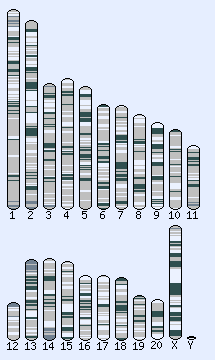
Rat
Rattus norvegicus
This Release
| Release Date | 7 February 2017 |
| Datafreeze Date | 18 October 2016 |
| As used in | Ensembl 88 genebuild | Assembly | Rnor6.0 (July 2014, mixed sex strain made from pooled female animals of strain BN/SsNHsdMCW plus one male of strain SHR (also known as SHR-Akr)) |
| Source | Rat Genome Sequencing Consortium |
| Annotation Method | Manual Annotation |
Rat Manual annotation
The Norway Rat (Rattus norvegicus) is widely used as a model organism for pharmacology and toxicology and is the most relevant model organism for the study of multifactorial human disease. We were funded by the BBSRC to improve the reference genome annotation and build community engagement in collaboration with Ensembl. In March 2013 we organised a Rat Annotation Jamboree at the Wellcome Trust Sanger Institute. This meeting brought together community experts, RGD faculty, Havana manual annotators and Ensembl developers to discuss methods to improve rat gene annotation. Regions of interest were targeted for manual annotation and merged into the Ensembl gene set.
Rat MHC
In Rat the MHC complex, termed RT1, has been annotated on chromosome 20 of the Rnor6.0 reference assembly. The Rnor6.0 genome assembly is a mixed sex strain made from pooled female animals of strain BN/SsNHsdMCW plus one male of a Spontaneously hypertensive rat strain (SHR, also known as SHR-Akr).


 Example transcript
Example transcript
 Example region
Example region
 Example gene
Example gene
